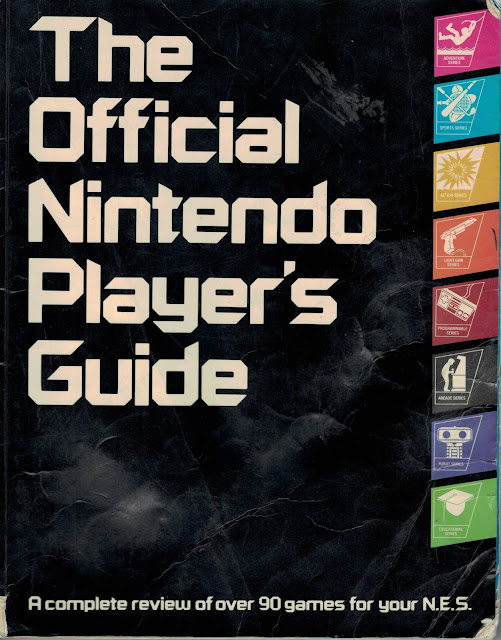Baldur's Gate is one of my most favorite games and has a surprisingly complex patching, release and demo history. I have written this blog article to help enlighten people on the version and patches available for the original game, significant physical releases and localization changes and finally the three demos of the game which were sold at some point. I will not discuss any unofficial patches (such as the Baldurdash and Dudleyville fixpacks), engine conversions (such as BG1Tutu or Baldur's Gate Trilogy) or Baldur's Gate: Enhanced Edition.
Wednesday, March 30, 2022
Sunday, March 20, 2022
Combat & Complexity in Advanced Dungeons and Dragons
When Gary Gygax was transforming Original Dungeons and Dragons into Advanced Dungeons and Dragons, one of the core components of the rules he focused on were the combat rules. Combat was rather sketchily defined in OD&D, and that is being kind. His priorities for the Advanced system were that combat was to have a sufficient rule structure so that one game of AD&D would play more or less the same as the next. This was at a time when campaigns often had 35th level fighters and 26th level balrogs in the same party! But perhaps Gygax was a little too overzealous in laying down rule after rule to govern every conceivable aspect of combat he had encountered to that time. In this blog article we will explore some of the more obtuse rules and see how they worked in print, what may have happened in practice and how the 2nd Edition of the Rules tried to address issues with the 1st Edition.
Wednesday, March 16, 2022
The Official Nintendo Player's Guide - Review of the First US-Based NES Game Guide
When the NES was just starting out in 1985 and 1986, there really was not a whole lot of information available about the games for the system other than TV and magazine ads and the manuals, advertisements and posters included with the games. At the beginning of 1987, Nintendo began publishing a subscription newsletter called the Nintendo Fun Club. Priced at $2.50 an issue and continually improving for its seven issues before Nintendo expanded the magazine to become Nintendo Power, it was one way by which Nintendo could connect with its ever-growing audience of fans and game players. The magazine began by offering tips and previews for the latest games, but the early issues were fairly limited in their ability to provide a comprehensive look into more than one game per issue. So Nintendo advertised a special book in its later issues of the Fun Club, The Official Nintendo Player's Guide, copyright 1987. In this blog post I will take a look at it and its significance to Nintendo's history.

